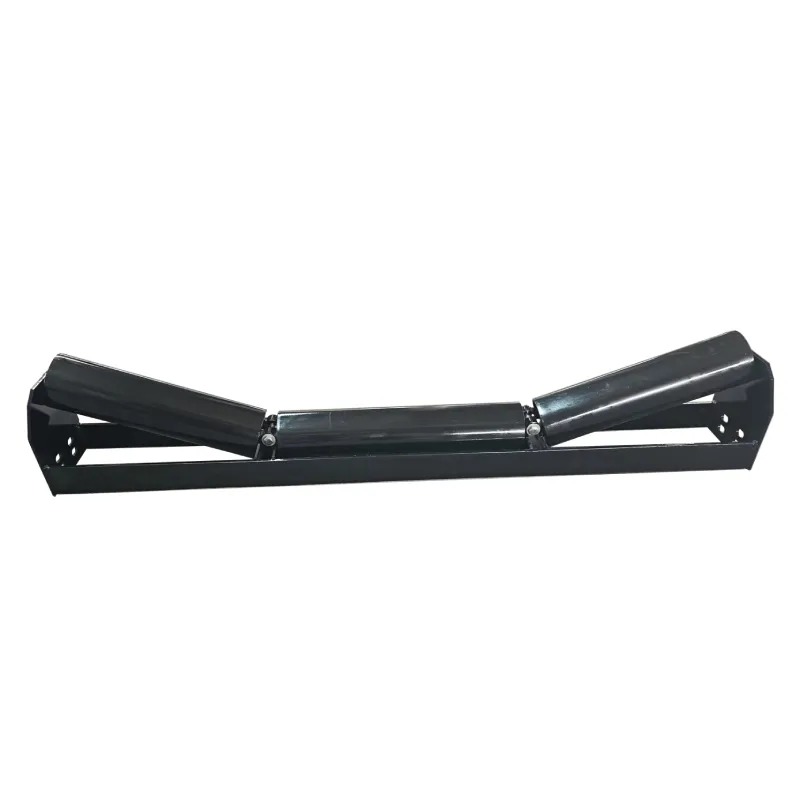 Afrikaans
Afrikaans  Albanian
Albanian  Amharic
Amharic  Arabic
Arabic  Armenian
Armenian  Azerbaijani
Azerbaijani  Basque
Basque  Belarusian
Belarusian  Bengali
Bengali  Bosnian
Bosnian  Bulgarian
Bulgarian  Catalan
Catalan  Cebuano
Cebuano  Corsican
Corsican  Croatian
Croatian  Czech
Czech  Danish
Danish  Dutch
Dutch  English
English  Esperanto
Esperanto  Estonian
Estonian  Finnish
Finnish  French
French  Frisian
Frisian  Galician
Galician  Georgian
Georgian  German
German  Greek
Greek  Gujarati
Gujarati  Haitian Creole
Haitian Creole  hausa
hausa  hawaiian
hawaiian  Hebrew
Hebrew  Hindi
Hindi  Miao
Miao  Hungarian
Hungarian  Icelandic
Icelandic  igbo
igbo  Indonesian
Indonesian  irish
irish  Italian
Italian  Japanese
Japanese  Javanese
Javanese  Kannada
Kannada  kazakh
kazakh  Khmer
Khmer  Rwandese
Rwandese  Korean
Korean  Kurdish
Kurdish  Kyrgyz
Kyrgyz  Lao
Lao  Latin
Latin  Latvian
Latvian  Lithuanian
Lithuanian  Luxembourgish
Luxembourgish  Macedonian
Macedonian  Malgashi
Malgashi  Malay
Malay  Malayalam
Malayalam  Maltese
Maltese  Maori
Maori  Marathi
Marathi  Mongolian
Mongolian  Myanmar
Myanmar  Nepali
Nepali  Norwegian
Norwegian  Norwegian
Norwegian  Occitan
Occitan  Pashto
Pashto  Persian
Persian  Polish
Polish  Portuguese
Portuguese  Punjabi
Punjabi  Romanian
Romanian  Russian
Russian  Samoan
Samoan  Scottish Gaelic
Scottish Gaelic  Serbian
Serbian  Sesotho
Sesotho  Shona
Shona  Sindhi
Sindhi  Sinhala
Sinhala  Slovak
Slovak  Slovenian
Slovenian  Somali
Somali  Spanish
Spanish  Sundanese
Sundanese  Swahili
Swahili  Swedish
Swedish  Tagalog
Tagalog  Tajik
Tajik  Tamil
Tamil  Tatar
Tatar  Telugu
Telugu  Thai
Thai  Turkish
Turkish  Turkmen
Turkmen  Ukrainian
Ukrainian  Urdu
Urdu  Uighur
Uighur  Uzbek
Uzbek  Vietnamese
Vietnamese  Welsh
Welsh  Bantu
Bantu  Yiddish
Yiddish  Yoruba
Yoruba  Zulu
Zulu Feb . 07, 2025 05:07
Back to list
Slagging Pulley(Heavy Duty)
Conveyor belt systems are integral components across numerous industries, driving processes with impeccable efficiency by transporting materials from one point to another. A crucial element in these systems is the pulley, which plays a pivotal role in motion initiation and direction guidance. Understanding the various types of conveyor belt pulleys is essential for optimizing system performance, ensuring reliability, and enhancing safety in operations.
Tensioning in conveyor systems is expertly managed by take-up pulleys. These pulleys are responsible for maintaining the appropriate belt tension, essential for avoiding slippage and ensuring optimal belt tracking. They are typically installed at the belt's tail end in a separate mechanism known as the take-up unit. The precise calibration of take-up pulleys can prevent excessive wear and prolong the lifespan of both the belt and the pulley itself, emphasizing their importance in long-term operational effectiveness. Furthermore, wing pulleys, recognized for their unique design featuring welded wings, are employed in environments with loose materials. These pulleys are engineered to expel materials that build up between the belt and pulley surface, a feature which minimizes risk of damage and reduces clean-up downtime. Their utility in sectors dealing with granular or particulate materials highlights their role in preserving the structural integrity of both the belt and the pulley. For a conveyor system to function reliably, it requires pulleys that are not only appropriate to the operational demands but also constructed with the right materials. Stainless steel pulleys, for instance, deliver superior resistance to corrosion, making them ideal for industries such as food processing and pharmaceuticals where hygiene and durability are paramount. Similarly, pulleys with rubber lagging surface treatments offer enhanced grip, crucial in high-humidity environments or applications involving substantial material loads. Selecting the correct type of conveyor belt pulley is a sophisticated process involving a thorough analysis of operational requirements, environmental conditions, and material types handled by the system. By leveraging expertise in pulley technology, industries can enhance their system's effectiveness, reduce maintenance costs, and ensure seamless operational continuity. In conclusion, the expertise involved in understanding conveyor belt pulley types combines technical know-how, material science, and strategic system design. Prioritizing factors such as load capacity, environmental compatibility, and surface treatment can greatly influence a conveyor system's success. Manufacturers and operators must rely on meticulous engineering and authoritative guidance to select the right pulleys, thereby optimizing performance and safeguarding investments.


Tensioning in conveyor systems is expertly managed by take-up pulleys. These pulleys are responsible for maintaining the appropriate belt tension, essential for avoiding slippage and ensuring optimal belt tracking. They are typically installed at the belt's tail end in a separate mechanism known as the take-up unit. The precise calibration of take-up pulleys can prevent excessive wear and prolong the lifespan of both the belt and the pulley itself, emphasizing their importance in long-term operational effectiveness. Furthermore, wing pulleys, recognized for their unique design featuring welded wings, are employed in environments with loose materials. These pulleys are engineered to expel materials that build up between the belt and pulley surface, a feature which minimizes risk of damage and reduces clean-up downtime. Their utility in sectors dealing with granular or particulate materials highlights their role in preserving the structural integrity of both the belt and the pulley. For a conveyor system to function reliably, it requires pulleys that are not only appropriate to the operational demands but also constructed with the right materials. Stainless steel pulleys, for instance, deliver superior resistance to corrosion, making them ideal for industries such as food processing and pharmaceuticals where hygiene and durability are paramount. Similarly, pulleys with rubber lagging surface treatments offer enhanced grip, crucial in high-humidity environments or applications involving substantial material loads. Selecting the correct type of conveyor belt pulley is a sophisticated process involving a thorough analysis of operational requirements, environmental conditions, and material types handled by the system. By leveraging expertise in pulley technology, industries can enhance their system's effectiveness, reduce maintenance costs, and ensure seamless operational continuity. In conclusion, the expertise involved in understanding conveyor belt pulley types combines technical know-how, material science, and strategic system design. Prioritizing factors such as load capacity, environmental compatibility, and surface treatment can greatly influence a conveyor system's success. Manufacturers and operators must rely on meticulous engineering and authoritative guidance to select the right pulleys, thereby optimizing performance and safeguarding investments.
Latest news
-
Taper Centering Idler Set for Conveyor SystemsNewsJun.25,2025
-
Small Idler Rollers for Industrial ConveyorsNewsJun.25,2025
-
Guide Training Idler Set for Conveyor MaintenanceNewsJun.25,2025
-
Friction Offset Idler Set for Industrial UseNewsJun.25,2025
-
Double-Center-Roller Idler AlignmentNewsJun.25,2025
-
Channel Inset Impact Troughing Idler Set for Heavy LoadsNewsJun.25,2025
OUR PRODUCTS





























